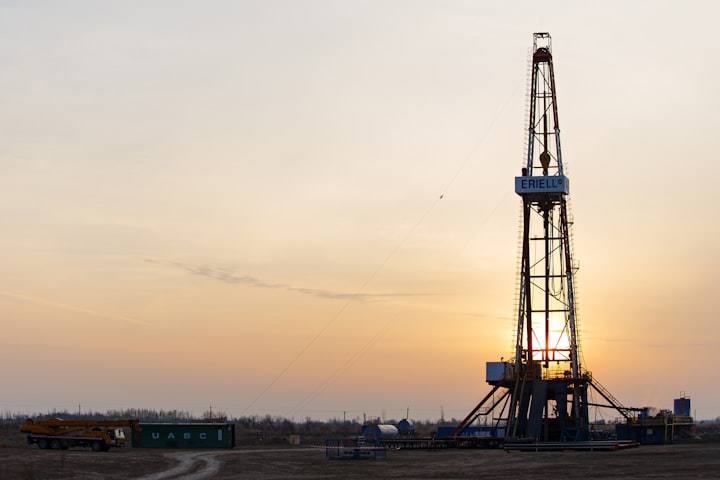U.S. Strategic Oil Reserve - Keep Your Friends Close...
We take a look at the SPR drawdown and storage levels
Section 161 of the Energy Policy and Conservation Act (EPCA) gives authority to the President under specified conditions to direct a public sale of oil from the SPR.
EPCA's statutory authority for an SPR drawdown includes the following definition:
SEC. 3. As used in this Act:
(8) The term "severe energy supply interruption" means a national energy supply shortage which the President determines -
(A) is, or is likely to be, of significant scope and duration, and of an emergency nature;
(B) may cause major adverse impact on national safety or the national economy; and
(C) results, or is likely to result, from (i) an interruption in the supply of imported petroleum products, (ii) an interruption in the supply of domestic petroleum products, or (iii) sabotage or an act of God.
Read on...
SPR Drawdown
President Biden made his determination of a severe energy supply shortage on March 31, 2022.
The Russian conflict was used as reasoning for an energy shortage of (a) significant scope and duration, that would (b) cause major adverse impact to national safety or the national economy and finally (c) results, or is likely to result, from an interruption in the supply of imported petroleum products.
About that interruption in the supply of imported petroleum products.
Since the SPR drawdown began, imports of oil and petroleum products are actually up, not down. Oil imports have averaged 6.38 million barrels per day over the 17 weeks since the SPR drawdown was announced versus 6.36 million barrels per day the prior 17 weeks. Likewise, combined oil and product imports have averaged 8.52 million barrels per day since the drawdown announcement versus 8.42 million barrels per day before.
Not only did the 'severe energy supply shortage' not lead to a reduction in imports, U.S. net exports have increased since the SPR drawdown was announced. The U.S. has net exported 1.12 million barrels per day of oil and products, on average, since the SPR drawdown announcement 17 weeks ago versus net importing 0.53 million barrels per day the prior 17 weeks.
Said differently the opposite has happened versus part of the stated reasoning to declare a 'severe energy supply shortage.'
With the SPR at levels last seen in the 1980's there is significant hand wringing in some circles around the policy and strategy of using the emergency reserves.
U.S. production and import partners have changed significantly since the 1980s, however. If the SPR is designed to help offset the loss of imported petroleum products it is true that the recent drawdown has taken the SPR below the long-term average of the SPR-oil imports ratio.
But imports from our close friends - Canada & Mexico - are relatively safe and secure. The oil imports from these two countries have shown minimal movements since the SPR drawdown was announced are are up YTD 2022 versus YTD 2021.
Indeed, when looking at the SPR divided by the amount of imports not acquired from Canada or Mexico, the SPR remains well above the long-term average.
The 'correct' amount of U.S. SPR storage has a wide range of opinions. Notional barrels in storage, sweet versus sour, heavy versus light, U.S. production and the country counterparties to our imports all are part of the equation mosaic. But if Canada and Mexico are deemed safe sources of import supply, SPR storage appears ample relative to long-term averages to offset supply disruptions from elsewhere around the world.
It should be noted Mexico has plans to end oil exports in 2023.
Canada represents roughly 60% of the 72% of combined US imports.




